As I stood on a mid-morning in July at the edge of the Rock Lake Creek, the sky was a bright blue with not a wisp of cloud and not a whisper of a breeze. The water on this mile-long meandering stretch of the South Madawaska River was clear but tea-stained by tannins and the only ripples were from the aluminum skiffs and canoes that had already left the dock. On the banks, forests of cedar, pine, and birch crowded the river and several trees leaned well out over the water, as if pushed by the trees behind them. The banks themselves were masked by a solid wall of scrub brush growing down to the water’s edge. Derek would use the 32-lb strip-planked canoe I built using blue insulating sheet foam for strips rather than cedar. The canoe in front of me is one of three skin-on-frame versions I built of my Wee Bonnie series. The design has its roots in the Wee Lassie canoes built in 1880 for George Washington Sears—aka Nessmuk—by the Rushton Boat Works of Canton, New York. The dock and ramp at the Rock Lake Access Point serves recreational canoeists and residents of lakeside cabins—their outboard skiffs are limited to 20 hp by Algonquin Provincial Park rules.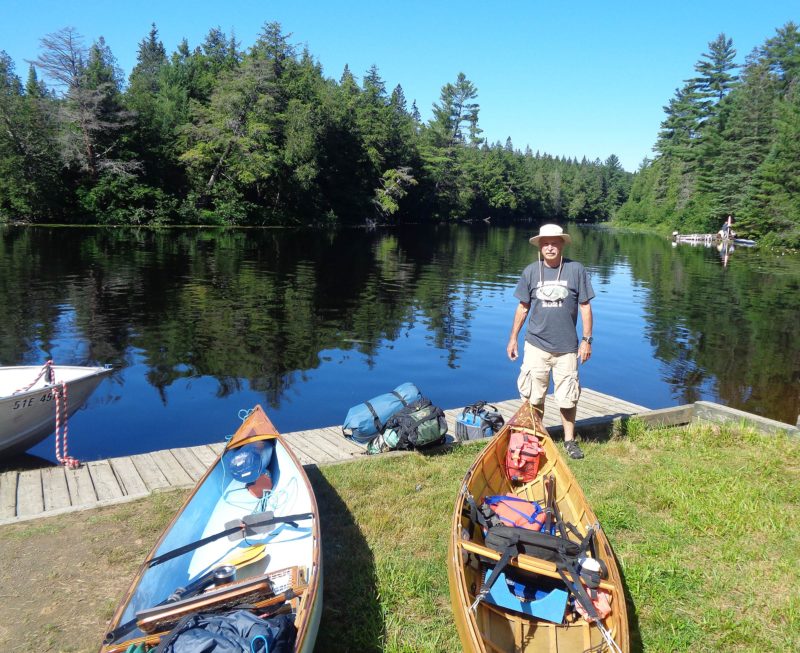 Photographs by the author
Photographs by the author
Join The Conversation
We welcome your comments about this article. To include a photo with your remarks, click Choose File below the Comment box.

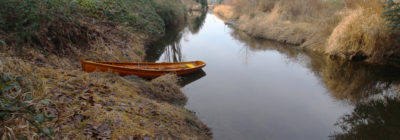
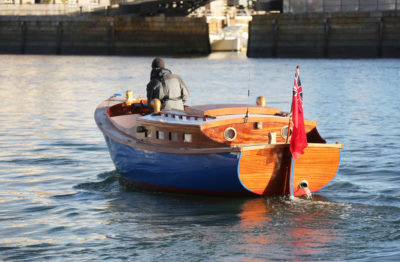
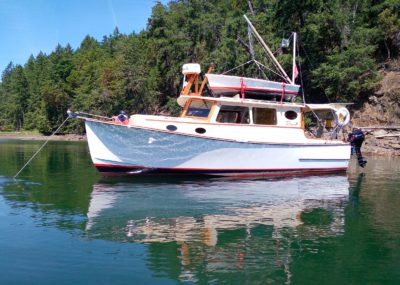
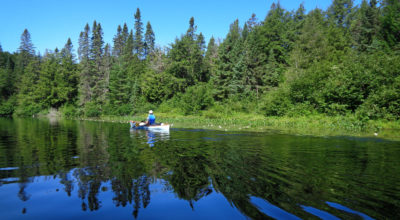

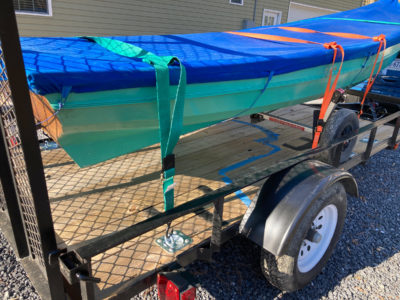
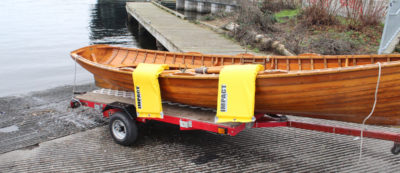
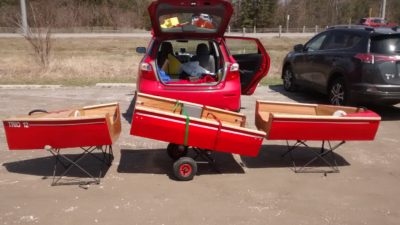
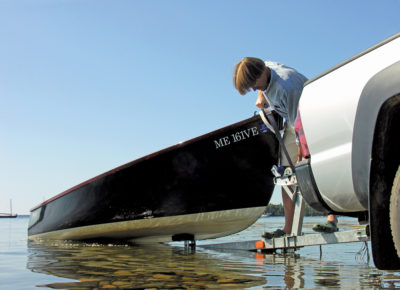

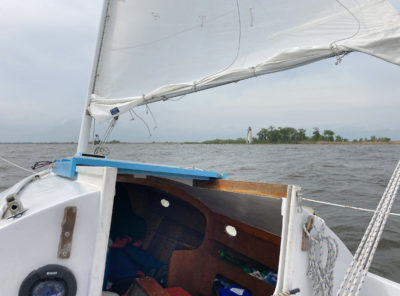
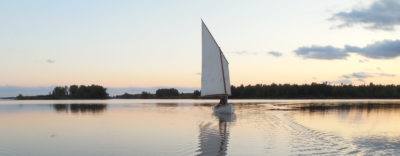
Thanks for the article on Algonquin Provincial Park. My dad paddled there in the early 1950s with a friend and it has been on my list to paddle all my adult life. Some day…
I do have questions about your Styrofoam Wee Bonnie:
1) What were the dimensions of the foam you used?
2) Does one have to work with a specific type of Styrofoam so it doesn’t interact with the epoxy resin?
3) Based on your experience, is there anything you’d change with regard building a boat using this technique?
Thanks in advance,
Barry
Though I am not the original author, I can comment on your question. Polyester resin eats up styrofoam; epoxy seems to have no adverse effect.
In addition, poly makes a very poor glue, unlike epoxy, which is a superior glue. When home builders first started glassing their boats, they had access only to poly. Eventually, the glass tended to delaminate. When I have built plywood kayaks (Pygmy kit boats), I have always used epoxies, and wouldn’t use anything else.
A friend of mine who builds beautiful glass kayaks prefers vinylester resins for his layups.